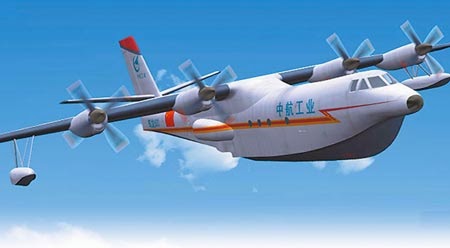Channel News Asia – AFP, 31 Jan 2014
The Tata
Nano, billed as the world's cheapest car, and a host of other top-selling small
models from India have failed their first independent crash tests, a global
safety group said on Friday.
 |
| The low-cost Nano car manufactured by Tata of India, on display during a motor show in Indonesia. (AFP/Bay Ismoyo) |
NEW DELHI:
The Tata Nano, billed as the world's cheapest car, and a host of other
top-selling small models from India have failed their first independent crash
tests, a global safety group said on Friday.
The five
entry-level vehicles -- including the country's best-selling small car the
Suzuki-Maruti Alto 800, as well as the Ford Figo, the Hyundai i10 and the
Volkswagen Polo -- scored no stars out of five for protection.
The tests,
carried out by the New Car Assessment Programme (NCAP), saw the basic models,
all without airbags, driven at 64 kilometres an hour (40 miles) into a block
simulating a head-on collision.
All would
leave the driver facing life-threatening injuries.
"It's
worrying to see levels of safety that are 20 years behind the five-star
standards now common in Europe and North America," said the head of NCAP
Global, Max Mosley, the former chief of international motorsport.
NCAP also
tested the cars in a crash simulation according to United Nations standards --
a frontal collision at the slightly slower speed of 56 kilometres an hour --
and none of them passed.
Small
vehicles are the biggest segment of the price-sensitive Indian car market,
which is coveted by global brands and domestic manufacturers as working-class
consumers upgrade from two- to four-wheelers.
The NCAP
said the five vehicles it tested accounted for about 20 per cent of all new
cars sold in India annually.
The Tata
Nano was the brainchild of the former boss of the Tata conglomerate Ratan Tata
who wanted a cheap car for the masses. But it has flopped since its launch in
2009, partly due to poor marketing.
The NCAP
tested only the basic models of the cars in question and it said the Figo and
Polo would provide much better protection if fitted with airbags, which were an
optional extra.
But the
Nano, the i10 and the Alto had "inadequate" structures that meant
that even air bags would "not be effective in reducing the risk of serious
injury".
As a result
of the tests, Volkswagen has withdrawn its Polo model without airbags, NCAP
said.
The models
tested were bought locally and any exports from Hyundai, Ford and Volkswagen,
which have factories in India, would be subject to safety regulations in their
final market.
Tata has
said it would like to export the Nano but has previously raised safety problems
as an impediment.
Footage of
the crash tests can be viewed here.

























